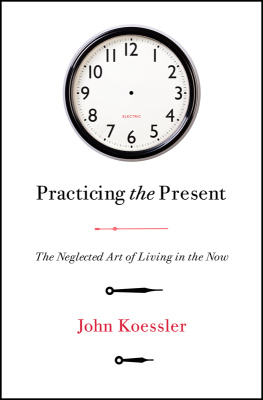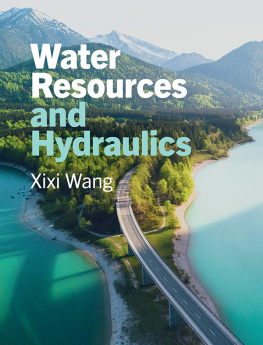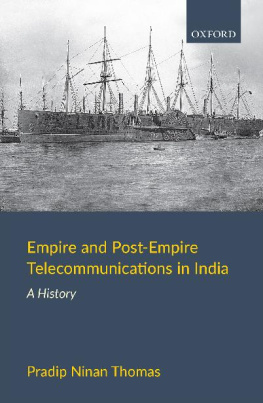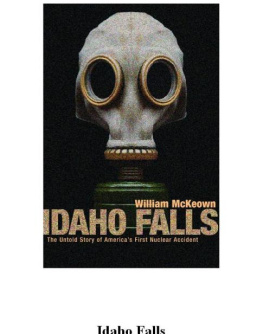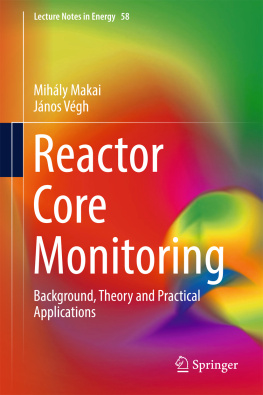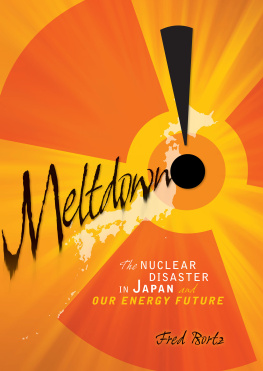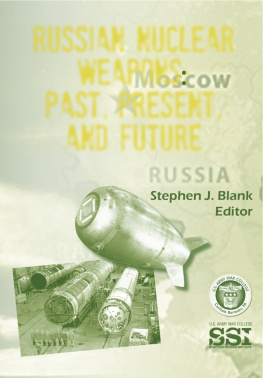Pradip Saha - Nuclear Reactor Thermal-Hydraulics: Past, Present and Future
Here you can read online Pradip Saha - Nuclear Reactor Thermal-Hydraulics: Past, Present and Future full text of the book (entire story) in english for free. Download pdf and epub, get meaning, cover and reviews about this ebook. year: 2017, publisher: The American Society of Mechanical Engineers, genre: Home and family. Description of the work, (preface) as well as reviews are available. Best literature library LitArk.com created for fans of good reading and offers a wide selection of genres:
Romance novel
Science fiction
Adventure
Detective
Science
History
Home and family
Prose
Art
Politics
Computer
Non-fiction
Religion
Business
Children
Humor
Choose a favorite category and find really read worthwhile books. Enjoy immersion in the world of imagination, feel the emotions of the characters or learn something new for yourself, make an fascinating discovery.
- Book:Nuclear Reactor Thermal-Hydraulics: Past, Present and Future
- Author:
- Publisher:The American Society of Mechanical Engineers
- Genre:
- Year:2017
- Rating:4 / 5
- Favourites:Add to favourites
- Your mark:
- 80
- 1
- 2
- 3
- 4
- 5
Nuclear Reactor Thermal-Hydraulics: Past, Present and Future: summary, description and annotation
We offer to read an annotation, description, summary or preface (depends on what the author of the book "Nuclear Reactor Thermal-Hydraulics: Past, Present and Future" wrote himself). If you haven't found the necessary information about the book — write in the comments, we will try to find it.
Pradip Saha: author's other books
Who wrote Nuclear Reactor Thermal-Hydraulics: Past, Present and Future? Find out the surname, the name of the author of the book and a list of all author's works by series.
Nuclear Reactor Thermal-Hydraulics: Past, Present and Future — read online for free the complete book (whole text) full work
Below is the text of the book, divided by pages. System saving the place of the last page read, allows you to conveniently read the book "Nuclear Reactor Thermal-Hydraulics: Past, Present and Future" online for free, without having to search again every time where you left off. Put a bookmark, and you can go to the page where you finished reading at any time.
Font size:
Interval:
Bookmark:

This monograph summarizes the major developments on nuclear reactor thermal-hydraulics over the last fifty years, primarily for the water-cooled reactors, and provides a direction for the future thermal-hydraulic developments for water-cooled, including small modular reactors or SMR, and Generation IV reactors. This includes discussion on the steady-state reactor thermal hydraulics including subchannel analysis, evolution of emergency core cooling systems (ECCS) from active to fully passive systems to remove the decay heat, and development and consolidation of the best-estimate safety analysis methodology. With substantial increase in computing power, the computational fluid dynamics (CFD) tools for single-phase and multi-phase flows are being used more these days to address some of the important reactor thermal-hydraulics phenomena which could not be analyzed earlier using the traditional one-dimensional or coarse three-dimensional analysis tools. Development of multi-physics methodology encompassing neutronics, thermal-hydraulics, thermal-mechanical and coolant chemistry has also started.
The author thanks the management of GE Hitachi Nuclear Energy (GEH) for granting permission for preparation of this monograph and allowing its publication within the ASME Nuclear Engineering and Technology for the 21st Century Concise Monograph Series. Review of the manuscript and valuable comments provided by the authors colleagues at GEH, Brett Dooies and Glen Watford, are gratefully acknowledged. Comments and suggestions of the external reviewers are also appreciated.
 Dr. Pradip Saha has been a Principal Engineer at GE Hitachi Nuclear Energy (GEH [2005present]), Wilmington, North Carolina, USA, since 2005. In 1974, he received his Ph.D. degree in Mechanical Engineering with specialization in Fluid and Thermal Sciences from Georgia Institute of Technology, Atlanta, USA. Since then he has been active in research and development of thermal hydraulics and safety of Boiling Water Reactor (BWR), Pressurized Water Reactor (PWR), Pressurized Heavy Water Reactor (PHWR), Supercritical Water-cooled Reactor (SCWR), Gas-cooled Reactor (GCR) and Sodium-cooled Fast Reactor (SFR) at various organizations including Massachusetts Institute of Technology (20032005), Flotherm Consultants Private Limited (in India) as the Founder and Managing Director (19862002), Brookhaven National Laboratory (19761985), and General Electric Company (19741976). His major accomplishments have been in the areas of two-phase flow in thermal non-equilibrium, density wave flow instabilities at subcritical and supercritical pressures, mixed convection heat transfer in gas-cooled reactors, reactor safety analysis code development, assessment and improvement, development of real-time engineering simulation software for PHWR, BWR scaling methodology, development of core power-feedwater temperature operating domain for ESBWR, improvement of BWR sub-channel analysis code and various aspects of GEHs SFR design PRISM.
Dr. Pradip Saha has been a Principal Engineer at GE Hitachi Nuclear Energy (GEH [2005present]), Wilmington, North Carolina, USA, since 2005. In 1974, he received his Ph.D. degree in Mechanical Engineering with specialization in Fluid and Thermal Sciences from Georgia Institute of Technology, Atlanta, USA. Since then he has been active in research and development of thermal hydraulics and safety of Boiling Water Reactor (BWR), Pressurized Water Reactor (PWR), Pressurized Heavy Water Reactor (PHWR), Supercritical Water-cooled Reactor (SCWR), Gas-cooled Reactor (GCR) and Sodium-cooled Fast Reactor (SFR) at various organizations including Massachusetts Institute of Technology (20032005), Flotherm Consultants Private Limited (in India) as the Founder and Managing Director (19862002), Brookhaven National Laboratory (19761985), and General Electric Company (19741976). His major accomplishments have been in the areas of two-phase flow in thermal non-equilibrium, density wave flow instabilities at subcritical and supercritical pressures, mixed convection heat transfer in gas-cooled reactors, reactor safety analysis code development, assessment and improvement, development of real-time engineering simulation software for PHWR, BWR scaling methodology, development of core power-feedwater temperature operating domain for ESBWR, improvement of BWR sub-channel analysis code and various aspects of GEHs SFR design PRISM.
Dr. Saha has authored more than 150 technical reports and papers, many published in reputed international journals. He is a Fellow of both American Society of Mechanical Engineers (ASME) and American Nuclear Society (ANS), and received Best Paper Award of ANS Thermal Hydraulic Division in 2008. He has lectured extensively at various academic institutions and professional society meetings, and mentored early-career engineers in USA and India.
Nuclear power plants, which produce electricity with almost zero greenhouse gas or carbon emissions at stable and competitive costs, are operating in more than thirty countries throughout the world. According to International Atomic Energy Agency (IAEA) Reference Data Series No. 1 2015 Edition []. Percentage of electricity from nuclear is also increasing in Asia, particularly in China, Korea and India. Thus nuclear power constitutes an element of the solution to global warming and a means of delivering electricity to both developed and emerging countries.
.

Figure 1-1 Nuclear share of total electricity generation in 2014 (reproduced from Ref. 1 with permission by the IAEA).

Figure 1-2 Forecast of U.S. electricity generation by fuel type (reproduced from Ref. 9 with permission by the USGAO).
There are many types of nuclear power reactors operating in the world today to generate electricity. However, the basic principles of these operating reactors are the same. In simple words, heat is generated in the reactor core by sustaining a fission chain reaction in nuclear fuel. That heat is extracted by a coolant flowing through the reactor core to produce steam and drive a steam turbine to generate electricity.
1.1 Nuclear fission and heat generation
Nuclear fission reactions can occur when a neutron strikes the nucleus of a large fissile atom, typically the fissile isotopes uranium-235 or plutonium-239, causing that nucleus to split or fission. The result of a fission reaction is typically two fission fragments or smaller nuclei, two or more fast-moving high-energy neutrons, and significant heat. The new neutrons produced by a fission reaction initiate new fission reactions, resulting in a sustained fission chain reaction. This is depicted in .

Figure 1-3 Depiction of nuclear fission process.
Nuclear reactors typically fall into one of two types Thermal or Fast reactors based on the neutron spectrum or neutron energies at which the fission reactions occur:
- Thermal reactors optimize the fission reaction rate in their fuel by slowing down, or moderating, the high-energy fast neutrons that are produced as a result of fission reactions. This moderation of the fast neutrons increases the likelihood that a new neutron will initiate fission to sustain the chain reaction. Most of the operating nuclear power reactors today are thermal reactors and the process of neutron moderation is depicted in .
- Fast reactors do not moderate the fission neutrons, instead leaving them fast at high energy. Fast neutrons allow these reactors to be more effective than thermal reactors at creating or breeding new fuel through neutron absorption in uranium-238, creating more fissile material plutonium-239.
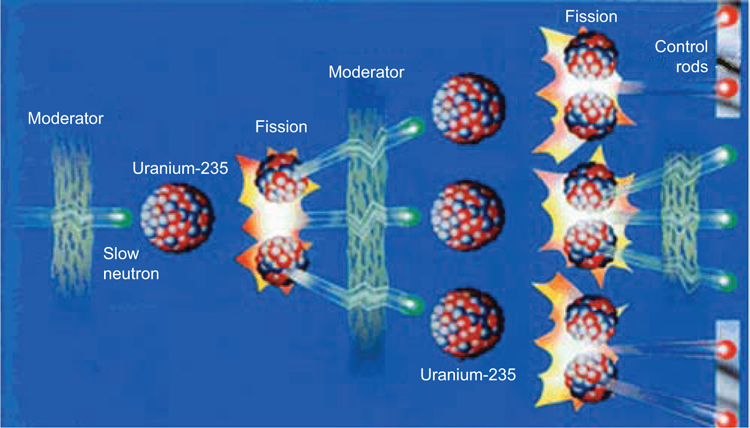
Figure 1-4 Neutron slowdown by a moderator.
For both thermal and fast reactors, the fission reaction occurs in the central region of a reactor called the reactor core, which typically contains the following components:
- Nuclear fuel: Nuclear reactors need fissile isotopes, such as uranium-235 or plutonium-239 to sustain a chain reaction and generate heat. Most of the commercial power reactors are light water reactors (LWRs), which need slightly enriched (<5%) uranium-235 as their fissile fuel, the rest of the fuel being non-fissile uranium-238, some of which is converted to fissile plutonium-239 during reactor operation. Some reactors, such as the pressurized heavy water reactor (PHWR), can use natural uranium containing around 0.7% of fissile uranium-235, the rest being non-fissile uranium-238, as fuel and some reactors can utilize thorium-232 to produce fissile uranium-233. Nuclear fuel used in most of the operating reactors is in the uranium oxide form, although metallic or other forms are being considered for some reactor designs.
Font size:
Interval:
Bookmark:
Similar books «Nuclear Reactor Thermal-Hydraulics: Past, Present and Future»
Look at similar books to Nuclear Reactor Thermal-Hydraulics: Past, Present and Future. We have selected literature similar in name and meaning in the hope of providing readers with more options to find new, interesting, not yet read works.
Discussion, reviews of the book Nuclear Reactor Thermal-Hydraulics: Past, Present and Future and just readers' own opinions. Leave your comments, write what you think about the work, its meaning or the main characters. Specify what exactly you liked and what you didn't like, and why you think so.



